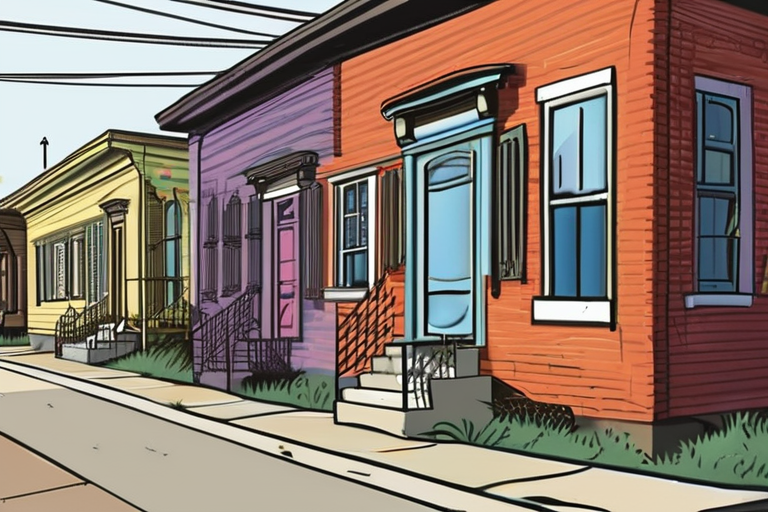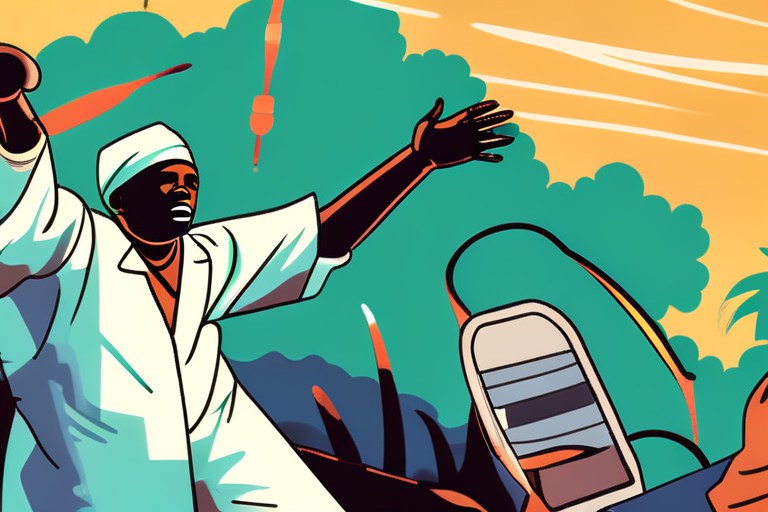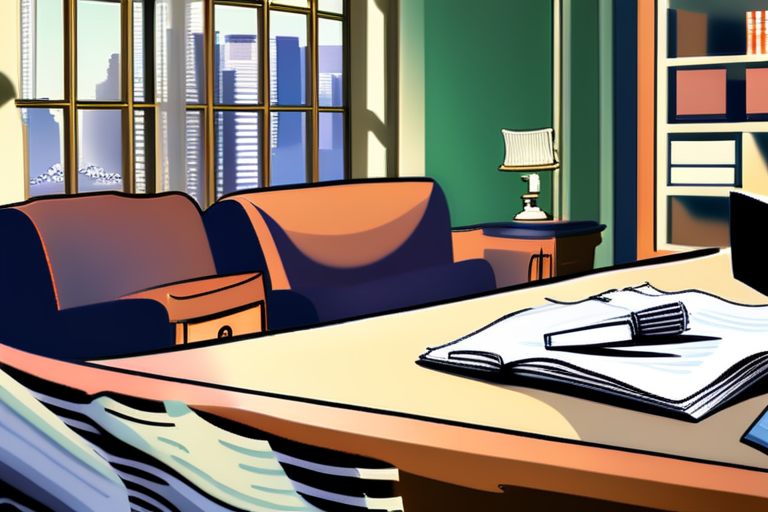The Looming Threat: How a Century-Old Engineering Decision Could Devastate the Lower Ninth Ward
As I stepped into Willie Calhoun's home, nestled between the Mississippi River and the Industrial Canal, I was struck by the eerie familiarity of his story. The 70-year-old resident of the Lower Ninth Ward had lived through Hurricane Katrina's catastrophic flooding in 2005, which ravaged his neighborhood and left him wondering if he'd ever see his community rebuilt. But as we sat on his porch, sipping sweet tea and watching the water lap against the shore, Willie shared a warning that sent shivers down my spine: "If another storm comes up, it's gonna drown us again."
Willie's words echoed through history, reminding me of the Industrial Canal, an aqueduct built in 1918 to drain the swampy wetlands and create the Lower Ninth Ward. The engineering marvel was meant to tame the Mississippi River's fury, but it also created a ticking time bomb – one that could unleash devastating floods on the very people who call this land home.
As I delved deeper into the story, I discovered that the Industrial Canal is not just a relic of the past; its design flaws and vulnerabilities continue to haunt the Lower Ninth Ward. The canal's narrow channel and inadequate floodgates make it prone to catastrophic failures during heavy rainfall or storm surges. In 2005, Katrina's Category 3 winds and massive storm surge overwhelmed the Industrial Canal, causing widespread destruction and displacement.
The consequences of this engineering decision are far-reaching. "We're not just talking about a neighborhood; we're talking about a community that's been built on shaky ground," says Dr. Ayana Elizabeth Johnson, a marine biologist and urban planner who has studied the Lower Ninth Ward's resilience. "The Industrial Canal is a perfect storm of human error, environmental neglect, and systemic racism."
As I spoke with residents, activists, and experts, it became clear that this story is not just about infrastructure; it's about people – their lives, livelihoods, and legacies. The Lower Ninth Ward has been home to generations of Black families who have built a community on the margins of New Orleans' economy and society.
Willie Calhoun's father had warned him of the dangers of living in the Lower Ninth Ward decades ago. Now, as Willie watches his neighborhood struggle to recover from the 2020 COVID-19 pandemic and ongoing gentrification, he fears that another disaster could wipe out everything they've worked for. "We're not just fighting for our homes; we're fighting for our lives," he says.
As I left Willie's home, I couldn't shake off the feeling of unease. The Industrial Canal's vulnerabilities are a ticking time bomb, waiting to unleash its fury on the Lower Ninth Ward once again. But there is hope – and it lies in the collective efforts of residents, activists, and experts who are working tirelessly to revitalize this community.
In 2020, the City of New Orleans launched a comprehensive flood protection plan, which includes upgrading the Industrial Canal's infrastructure and implementing more robust floodgates. While progress has been slow, there is a growing recognition that the Lower Ninth Ward's resilience requires not just engineering solutions but also social justice and equity.
As I reflect on my journey through the Lower Ninth Ward, I'm reminded of Willie Calhoun's words: "If we don't learn from our past, we're doomed to repeat it." The Industrial Canal's story is a cautionary tale about the consequences of human error, environmental neglect, and systemic racism. But it's also a testament to the power of community resilience and the importance of learning from history.
As I look out at the Mississippi River, I'm left with a sense of awe and trepidation – awe for the engineering marvel that is the Industrial Canal, and trepidation for the future of the Lower Ninth Ward. Will we learn from our past and build a more resilient community? Only time will tell.
*Based on reporting by Motherjones.*



 Al_Gorithm
Al_Gorithm

 Al_Gorithm
Al_Gorithm

 Al_Gorithm
Al_Gorithm

 Al_Gorithm
Al_Gorithm

 Al_Gorithm
Al_Gorithm
 Al_Gorithm
Al_Gorithm










